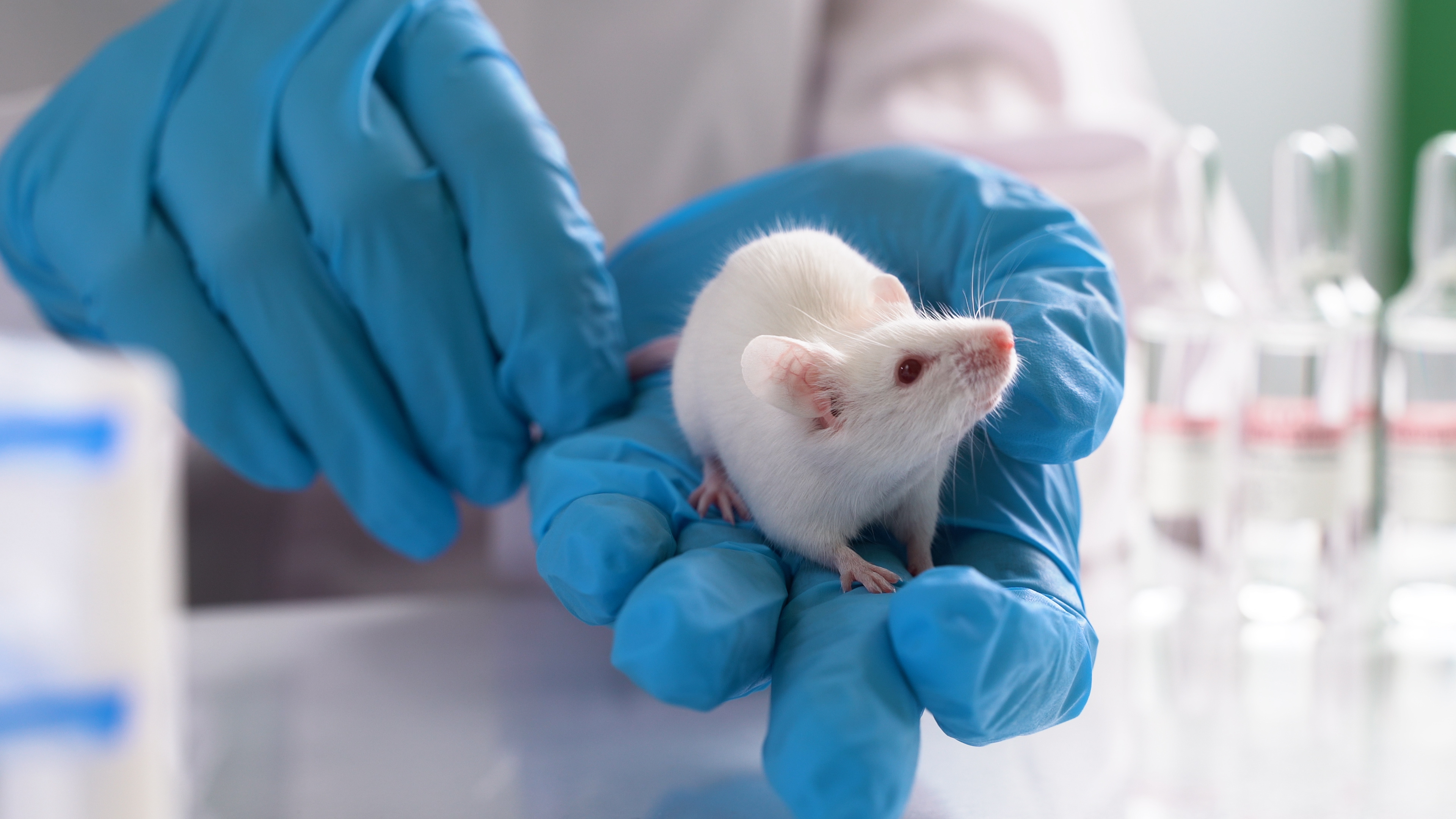The key to curing gray hair may have just been discovered
A cure for gray hair could be on the horizon. Don’t get me wrong; it will probably still be years before we see any movement in that direction. However, scientists believe they have discovered what makes hair turn gray, an essential step in finding a way to stop or reverse graying.
A new study published in Nature suggests that hair may go gray due to stem cells “glitching out” and becoming stuck. When this happens, the hair cannot mature and thus cannot maintain its color.
The study focused heavily on melanocyte stem cells (McSCs), which could be vital to finding a cure for graying hair. These particular stem cells can move between the growth compartments in hair follicles. However, scientists say they become stuck as they age, causing gray hairs to appear.
These cells are found in both mice and humans, but the researchers looked at these cells in mice for the study. If the findings in this study hold for humans, the researchers say that it could open new doors for ways to reverse and halt the graying of hair, effectively creating a cure.
The researchers discovered that these cells normally pivot between the growth compartments found in hair follicles and that something in this transition causes the cells to mature along the way. The McSCs develop from their primitive variation to their more mature version, depending on their location.
However, as the hair ages and sheds, then regrows over time, the researchers found that these special stem cells get stuck in the bulge of the hair follicle, which could be what causes hair to gray because these cells aren’t able to move through the follicles freely. Thus, finding a way to keep these cells moving could allow scientists to create a cure for gray hair.
Of course, researchers still need to prove that McSCs in humans work the same way. While both mice and humans share these cells, they may work differently within our own bodies compared to the bodies of mice.
A cure for gray hair could be on the horizon. Don’t get me wrong; it will probably still be years before we see any movement in that direction. However, scientists believe they have discovered what makes hair turn gray, an essential step in finding a way to stop or reverse graying.
A new study published in Nature suggests that hair may go gray due to stem cells “glitching out” and becoming stuck. When this happens, the hair cannot mature and thus cannot maintain its color.
The study focused heavily on melanocyte stem cells (McSCs), which could be vital to finding a cure for graying hair. These particular stem cells can move between the growth compartments in hair follicles. However, scientists say they become stuck as they age, causing gray hairs to appear.
These cells are found in both mice and humans, but the researchers looked at these cells in mice for the study. If the findings in this study hold for humans, the researchers say that it could open new doors for ways to reverse and halt the graying of hair, effectively creating a cure.

The researchers discovered that these cells normally pivot between the growth compartments found in hair follicles and that something in this transition causes the cells to mature along the way. The McSCs develop from their primitive variation to their more mature version, depending on their location.
However, as the hair ages and sheds, then regrows over time, the researchers found that these special stem cells get stuck in the bulge of the hair follicle, which could be what causes hair to gray because these cells aren’t able to move through the follicles freely. Thus, finding a way to keep these cells moving could allow scientists to create a cure for gray hair.
Of course, researchers still need to prove that McSCs in humans work the same way. While both mice and humans share these cells, they may work differently within our own bodies compared to the bodies of mice.
